Outboard Fuel Pump Maintenance: 7 Essential Tips to Extend Lifespan
The fuel pump is the heart of your outboard engine's fuel system, responsible for delivering the precise amount of fuel needed for optimal performance. Like any critical component, proper maintenance can significantly extend its lifespan and help you avoid costly repairs and inconvenient breakdowns on the water.
According to marine industry statistics, fuel system issues account for approximately 50% of service calls for outboard engines, with fuel pump failures being a leading culprit. The good news? Many of these failures are preventable with proper maintenance and care.
In this comprehensive guide, we'll share seven essential maintenance tips to keep your outboard fuel pump running smoothly for years to come, helping you maximize your time on the water and minimize unexpected repairs.

Tip #1: Use Quality Fuel and Understand Ethanol Challenges
The quality of fuel you use has a direct impact on your fuel pump's lifespan and performance. Modern ethanol-blended fuels (E10, containing up to 10% ethanol) present unique challenges for marine engines that boat owners need to understand.
Why Fuel Quality Matters:
- Ethanol is hygroscopic - It attracts and absorbs water from the atmosphere, which can lead to phase separation in your fuel tank.
- Ethanol is a powerful solvent - It can dissolve resins and deposits in fuel tanks and lines, which then travel through your fuel system and can clog filters and damage pumps.
- Ethanol-blended fuels have a shorter shelf life - They begin to degrade after just 30 days, forming gummy deposits that can affect fuel pump operation.
Best Practices for Fuel Management:
- Use non-ethanol fuel when possible - Many marinas and specialty fuel stations offer ethanol-free fuel specifically for marine use.
- Purchase fuel from high-volume stations - This ensures you're getting fresher fuel that hasn't been sitting in storage tanks for extended periods.
- Fill up at the end of your boating day - This reduces the air space in your tank and minimizes condensation.
- Consider using a fuel-water separator funnel - When filling portable tanks, these can help remove water and contaminants before they enter your fuel system.
Expert Tip:
If you must use ethanol-blended fuel, add a marine-specific fuel stabilizer with ethanol treatment at every fill-up, not just during storage periods. This helps prevent phase separation and protects fuel system components, including your fuel pump.

Tip #2: Replace Fuel Filters Regularly
Fuel filters are your fuel pump's first line of defense against contaminants. Regular replacement is one of the most cost-effective ways to protect your fuel pump and extend its service life.
Understanding Your Outboard's Filtration System:
Most outboard engines have a multi-stage filtration system:
- Primary filter/water separator - Usually located between the fuel tank and the engine, this larger filter removes water and larger particles.
- Secondary filter - Located closer to or on the engine, this finer filter removes smaller particles before fuel reaches the pump and injectors or carburetor.
- VST filter - In EFI systems, the Vapor Separator Tank often contains an additional filter element.
Filter Replacement Schedule:
- Primary filter/water separator - Replace every 100 hours of operation or annually, whichever comes first.
- Secondary filter - Replace according to manufacturer recommendations, typically every 100-200 hours or annually.
- VST filter - Follow manufacturer guidelines, usually every 200-300 hours or every other year.
These are general guidelines - always refer to your engine's service manual for specific recommendations. If you operate in areas with poor fuel quality or notice any fuel system issues, replace filters more frequently.
Signs Your Filters Need Immediate Replacement:
- Visible contamination or water in the filter bowl
- Engine performance issues like sputtering or power loss
- Difficulty starting the engine
- Visible damage or discoloration of the filter element

Tip #3: Use Fuel Stabilizers and Additives Properly
Quality fuel additives and stabilizers are valuable tools for maintaining your fuel system and protecting your fuel pump, but they must be used correctly to be effective.
Types of Fuel Additives and Their Benefits:
- Fuel stabilizers - Prevent fuel degradation during storage periods by inhibiting oxidation and varnish formation.
- Ethanol treatments - Help prevent phase separation in ethanol-blended fuels and protect against ethanol's corrosive properties.
- Fuel system cleaners - Remove carbon deposits and varnish from fuel system components, including the fuel pump.
- Water removers - Bond with water molecules to allow them to be safely burned through the combustion process.
When and How to Use Additives:
- Storage periods - Always add a quality marine fuel stabilizer before extended storage (2-3 times the recommended amount for winterization).
- Regular use - For boats used in ethanol-fuel areas, consider adding ethanol treatment at every fill-up.
- Seasonal maintenance - Use a fuel system cleaner at the beginning of each boating season to remove any deposits that may have formed.
- After exposure to questionable fuel - If you suspect you've received poor-quality fuel, add appropriate treatments immediately.
Expert Tip:
Always add stabilizers and additives to fresh fuel, ideally at the time of fueling. Run the engine for at least 10-15 minutes after adding to ensure the treated fuel circulates throughout the entire fuel system, including the fuel pump.
What Additives Can't Do:
While additives are valuable maintenance tools, they have limitations:
- They cannot reverse damage from severe phase separation
- They cannot fix mechanical problems with the fuel pump
- They cannot substitute for proper filtration
- They cannot restore severely degraded fuel to usable condition

Tip #4: Inspect Fuel System Components Regularly
Regular visual inspections can catch potential issues before they lead to fuel pump damage or failure. Developing a systematic inspection routine is a simple yet effective maintenance practice.
What to Inspect:
- Fuel lines - Check for cracks, softening, hardening, or abrasion. Pay special attention to bends and connection points.
- Connections and fittings - Look for loose connections, damaged O-rings, or signs of fuel leakage.
- Primer bulb - Ensure it rebounds properly and holds pressure. Check for cracks or stiffness.
- Fuel tank - Inspect for corrosion, contamination, or water in the tank (if accessible).
- Anti-siphon valve - Verify it's functioning properly and not restricting fuel flow.
- Fuel pump mounting - Check that the pump is securely mounted and free from excessive vibration.
Inspection Schedule:
- Before each use - Quick visual check of accessible components and primer bulb function.
- Monthly - More thorough inspection of all fuel lines and connections.
- Seasonally - Complete system inspection, including tank condition and anti-siphon valve.
- After any fuel system service - Re-inspect to ensure proper reassembly and function.
What to Look For:
- Fuel stains or residue - Indicates leaks that need immediate attention.
- Bulging or soft spots in fuel lines - Signs of impending failure.
- Corrosion on metal components - Can lead to failures and contamination.
- Cracked or damaged primer bulbs - Affects system pressure and can introduce air.
- Loose clamps or fittings - Can cause leaks or air in the system.

Tip #5: Proper Winterization and Storage Procedures
Proper winterization is crucial for protecting your fuel pump and entire fuel system during storage periods. Many fuel pump failures occur after storage due to improper winterization.
Fuel System Winterization Steps:
- Fill the tank - Fill your fuel tank to 95% capacity (leaving some room for expansion) to minimize condensation space.
- Add stabilizer - Add a marine-grade fuel stabilizer at 2-3 times the normal recommended amount for extended storage.
- Circulate treated fuel - Run the engine for at least 15 minutes to ensure treated fuel reaches all components, including the fuel pump.
- Change filters - Replace fuel filters before storage to remove any contaminants and start the next season with fresh filtration.
- Fog the engine - Follow manufacturer recommendations for fogging the engine, which helps protect internal components.
- Drain water separators - Empty any water collection bowls in fuel/water separators.
Special Considerations for Different Outboard Types:
- Carbureted outboards - May require draining fuel bowls or running the engine until it stops to remove fuel from the carburetor.
- EFI outboards - Follow manufacturer-specific procedures for EFI system winterization, which may include special steps for the VST.
- Direct injection outboards - These often have specific winterization procedures that must be followed precisely.
Expert Tip:
If storing your boat for more than 4-6 months, consider having a professional service technician perform a more comprehensive winterization, which may include fuel pump inspection and preventative maintenance.

Tip #6: Maintain Proper Fuel Levels and Tank Care
How you manage your fuel tank can significantly impact your fuel pump's lifespan. Both fuel levels and tank maintenance play important roles in preventing fuel pump issues.
Optimal Fuel Level Practices:
- Avoid running with very low fuel levels - This can cause the pump to draw in air or sediment from the tank bottom.
- Fill up after use for storage - A full tank minimizes condensation space during storage.
- Don't overfill - Leave some expansion space to prevent pressure buildup and potential leaks.
- Maintain consistent levels during regular use - Try to keep at least 1/4 tank at all times.
Fuel Tank Maintenance:
- Inspect tank vents - Ensure they're clear and functioning properly to prevent pressure or vacuum issues.
- Clean fuel tank periodically - For accessible tanks, consider professional cleaning every 3-5 years.
- Check for water accumulation - Use water-detecting paste on a dipstick to check for water at the tank bottom.
- Inspect for corrosion - Particularly important for aluminum tanks, which can corrode with ethanol-blended fuels.
- Verify pick-up tube condition - Ensure it's not cracked or positioned too close to the tank bottom.
Signs of Tank Problems That Can Affect Your Fuel Pump:
- Frequent filter clogging
- Visible debris or contamination in filters
- Water in the fuel system
- Inconsistent fuel flow
- Unusual odors from the fuel

Tip #7: Follow Preventative Replacement Schedules
Sometimes the best maintenance is preventative replacement. Many manufacturers recommend replacing fuel pumps at specific intervals before they fail, particularly for critical applications like marine engines.
Manufacturer Recommendations:
- Yamaha - Recommends replacing fuel pumps every 3 years or 300 hours, whichever comes first.
- Mercury - Suggests fuel pump inspection every 100 hours with replacement based on condition or at 300-500 hours.
- Suzuki - Recommends fuel pump inspection at 100-hour intervals with replacement at 400 hours or 4 years.
- Honda - Advises fuel pump inspection every 100 hours with replacement at 300 hours or 3 years.
- Evinrude/Johnson - Suggests fuel pump rebuild or replacement every 300 hours or 3 years.
When to Consider Early Replacement:
- Before extended cruises or trips - Replace aging pumps before important voyages.
- After fuel system contamination - Consider replacement if your system experienced significant contamination.
- When experiencing intermittent issues - If you notice occasional symptoms, replace before complete failure.
- After extended storage without proper winterization - The pump may be compromised.
- When other fuel system components are being serviced - Save on labor by replacing preventatively during other service.
Expert Tip:
When replacing your fuel pump preventatively, consider replacing related components at the same time, such as gaskets, O-rings, and filters. This comprehensive approach can prevent future issues and save on labor costs in the long run.
Brand-Specific Maintenance Considerations
Different outboard brands have unique fuel system designs and maintenance requirements. Here are some brand-specific considerations to keep in mind:
Yamaha Outboard Fuel Pump Maintenance
Yamaha outboards, particularly four-stroke models, are known for their reliability but have specific maintenance needs:
- Yamaha explicitly recommends replacing fuel pumps every 3 years regardless of hours or condition.
- Their VST systems require special attention during maintenance, with specific procedures for cleaning and inspection.
- Yamaha recommends using their branded fuel additives, particularly Yamalube Ring Free Plus for carbon deposit prevention.
- Four-stroke models have specific filter replacement sequences that should be followed precisely.
Mercury Outboard Fuel Pump Maintenance
Mercury outboards often use sophisticated fuel delivery systems with unique maintenance requirements:
- Mercury's EFI systems typically use dual-pump configurations that require specific maintenance procedures.
- Their Verado models have unique fuel system designs with additional components that need regular inspection.
- Mercury recommends their Quickleen product for regular fuel system maintenance and Quickstor for storage preparation.
- Pay special attention to Mercury's water-separating fuel filters, which should be drained regularly.
Suzuki Outboard Fuel Pump Maintenance
Suzuki outboards feature efficient fuel systems with these maintenance considerations:
- Suzuki's fuel filters often have water detection sensors that should be tested during maintenance.
- Their newer EFI systems use high-pressure pumps that require careful attention to fuel quality.
- Suzuki recommends specific procedures for their vapor separator tanks during winterization.
- Their fuel pumps often have longer recommended service intervals but should still be inspected regularly.
Comprehensive Fuel Pump Maintenance Schedule
To help you keep track of all these maintenance tasks, here's a comprehensive schedule you can follow:
Before Each Use:
- Squeeze primer bulb to check for proper resistance and rebound
- Visually inspect accessible fuel lines and connections
- Check for any fuel odors that might indicate leaks
- Ensure fuel tank vent is clear and functioning
Every 20-50 Hours or Monthly:
- Inspect all fuel lines and connections thoroughly
- Check primary fuel filter/water separator for contamination
- Drain water collection bowls in separators
- Verify proper primer bulb function
Every 100 Hours or Annually:
- Replace primary and secondary fuel filters
- Inspect fuel pump mounting and connections
- Check anti-siphon valve function
- Use fuel system cleaner to remove deposits
- Inspect tank for water or contamination
Every 300 Hours or 3 Years:
- Replace fuel pump (or follow manufacturer recommendations)
- Replace all fuel lines showing signs of wear
- Consider professional fuel tank cleaning
- Replace primer bulb
Before Storage (Winterization):
- Fill tank to 95% capacity
- Add stabilizer at 2-3x normal concentration
- Run engine to circulate treated fuel
- Replace filters
- Follow manufacturer-specific winterization procedures
Expert Tip:
Create a maintenance log to track all fuel system service, including filter changes, additive use, and pump inspections. This record can be invaluable for troubleshooting and helps ensure you don't miss important maintenance intervals.
DIY vs. Professional Maintenance: What You Can Do Yourself
Many fuel pump maintenance tasks can be performed by boat owners with basic mechanical skills, while others are better left to professionals:
DIY-Friendly Maintenance Tasks:
- Fuel filter replacement (in most outboards)
- Adding fuel stabilizers and additives
- Visual inspections of fuel system components
- Basic winterization procedures
- Primer bulb replacement
- Draining water separators
When to Seek Professional Service:
- Fuel pump replacement (especially in modern EFI systems)
- Diagnosing complex fuel system issues
- VST service and cleaning
- Fuel tank cleaning or repair
- Comprehensive winterization of sophisticated systems
- Any task you're not completely comfortable performing
Remember that improper fuel system service can create safety hazards and potentially cause more damage. When in doubt, consult a certified marine technician.
Conclusion: Investing in Fuel Pump Longevity
Your outboard's fuel pump is a critical component that deserves regular attention and maintenance. By following these seven essential maintenance tips, you can significantly extend its lifespan, improve reliability, and reduce the likelihood of unexpected failures on the water.
Remember that preventative maintenance is always less expensive and less stressful than emergency repairs. A small investment of time and resources in regular fuel system care can pay dividends in terms of reliability, performance, and overall enjoyment of your time on the water.
At JLM Marine, we offer high-quality OEM-specification fuel pumps, filters, and maintenance products for all major outboard brands. Our products are manufactured to strict quality standards in ISO9002 certified facilities, ensuring the same performance and durability as original equipment at competitive prices.
By combining quality parts with proper maintenance practices, you can keep your outboard's fuel system in optimal condition for years to come.
Frequently Asked Questions About Outboard Fuel Pump Maintenance
How often should I replace my outboard fuel pump?
Most manufacturers recommend replacing outboard fuel pumps every 300-500 hours of operation or every 3-5 years, whichever comes first. Yamaha specifically recommends replacement every 3 years regardless of hours or condition. However, these intervals can vary based on usage patterns, fuel quality, and operating conditions. Boats used in saltwater environments or with ethanol-blended fuels may require more frequent replacement. Always refer to your engine's service manual for specific recommendations, and consider preventative replacement before critical trips or if your pump is approaching the end of its expected service life.
What's the best way to protect my fuel pump from ethanol damage?
To protect your outboard fuel pump from ethanol-related damage, take these steps: First, use non-ethanol fuel whenever possible. If ethanol-blended fuel is unavoidable, add a marine-specific ethanol treatment with every fill-up. Keep your tank at least 3/4 full during storage to minimize condensation space, and use a quality fuel stabilizer at 2-3 times the recommended amount for winterization. Replace fuel filters more frequently when using ethanol fuels, as they tend to loosen deposits in the fuel system. Never let ethanol-blended fuel sit in your system for more than 30 days without treatment. Consider installing a 10-micron water-separating filter if your system doesn't already have one. Finally, be vigilant about draining water separators regularly, as ethanol-blended fuels are more prone to water absorption and phase separation.
Can I clean my outboard fuel pump instead of replacing it?
For mechanical fuel pumps found in older outboards, cleaning and rebuilding is often possible using manufacturer-approved rebuild kits. These kits typically include new diaphragms, gaskets, and valves. However, for modern electronic fuel pumps used in EFI systems, cleaning is generally not recommended or effective. These pumps contain sensitive electronic components and precisely calibrated parts that can be damaged during disassembly. Additionally, internal wear on the pump motor and impeller cannot be addressed through cleaning. For critical components like fuel pumps, manufacturers recommend replacement rather than cleaning when performance issues arise. If you're experiencing fuel pump problems, the most reliable solution is to replace the pump with a new OEM or high-quality aftermarket unit rather than attempting to clean the existing one.
What's the difference between winterizing and regular fuel pump maintenance?
Regular fuel pump maintenance focuses on ongoing care during the active boating season, including filter changes, inspections, and using appropriate additives to maintain optimal performance. It's preventative in nature and aims to address issues as they arise. Winterization, on the other hand, is a comprehensive process specifically designed to protect your fuel system during extended storage periods. It involves more intensive measures like using higher concentrations of fuel stabilizers, completely filling the tank to prevent condensation, and following manufacturer-specific procedures to protect the fuel pump and other components from corrosion and degradation during inactivity. While regular maintenance is performed throughout the season at hour or time intervals, winterization is typically done once per year before storage. Both are essential: regular maintenance keeps your fuel pump performing optimally during use, while proper winterization ensures it remains in good condition during periods of inactivity.
Hi—I’m Jim Walker
I grew up in a Florida boatyard, earning pocket money (and a few scars) by rebuilding outboard carbs before I could drive. That hands-on habit carried me through a Ph.D. in mechanical engineering, where I studied how salt water quietly murders metal.
I spent ten years designing cooling systems for high-horsepower outboards, then joined JLM Marine as CTO. We bench-test every new part in the lab, but I still bolt early prototypes onto my own 23-foot skiff for a weekend shake-down— nothing beats real wake and spray for finding weak spots.
Here on the blog I share the fixes and shortcuts I’ve learned so your engine—and your day on the water—run smooth.

For Outboard Owners:
To assist you in maintaining and repairing your marine engines, we hope the following resources may be of use:
-
Fuel Pumps from JLM Marine
-
Fuel Pump Kits from JLM Marine
About JLM Marine
Founded in 2002, JLM Marine has established itself as a dedicated manufacturer of high-quality marine parts, based in China. Our commitment to excellence in manufacturing has earned us the trust of top marine brands globally.
As a direct supplier, we bypass intermediaries, which allows us to offer competitive prices without compromising on quality. This approach not only supports cost-efficiency but also ensures that our customers receive the best value directly from the source.
We are excited to expand our reach through retail channels, bringing our expertise and commitment to quality directly to boat owners and enthusiasts worldwide.

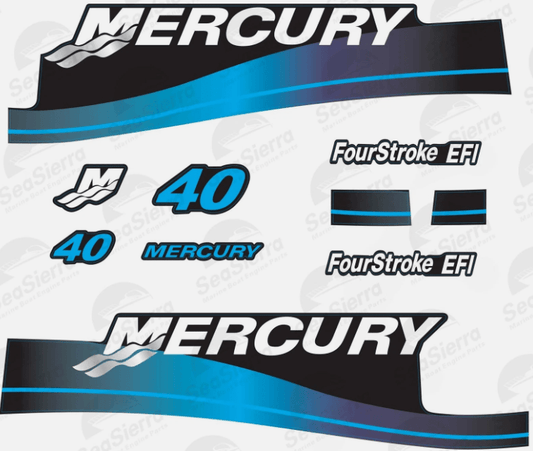
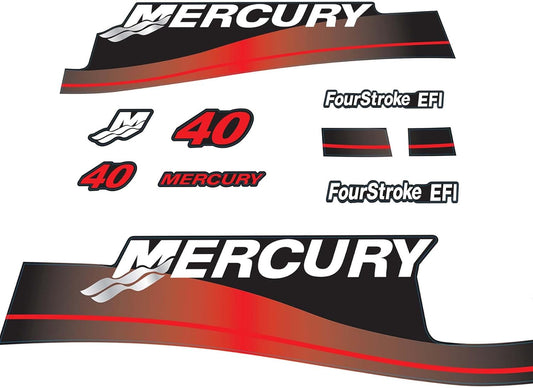
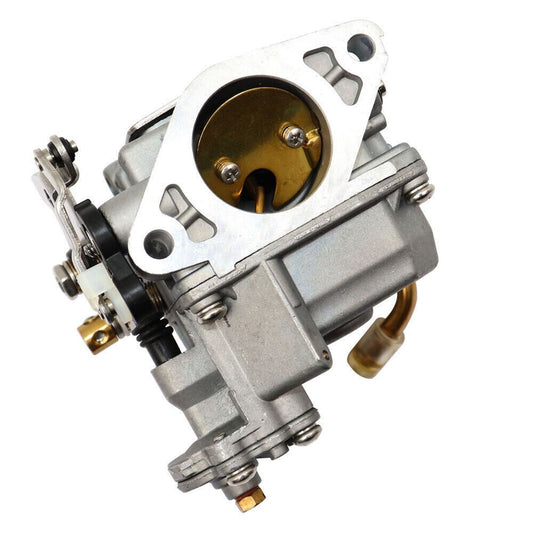
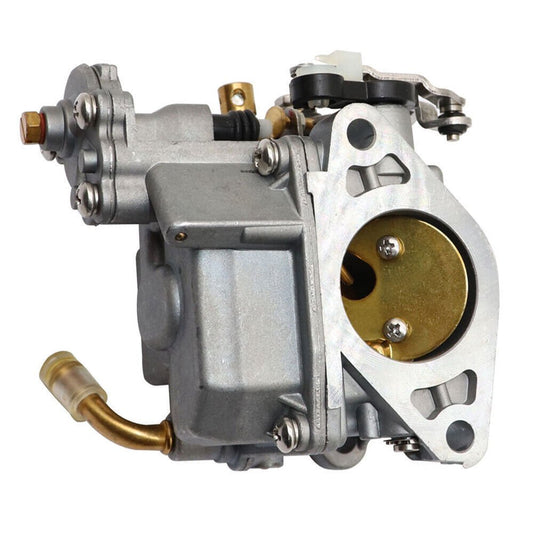
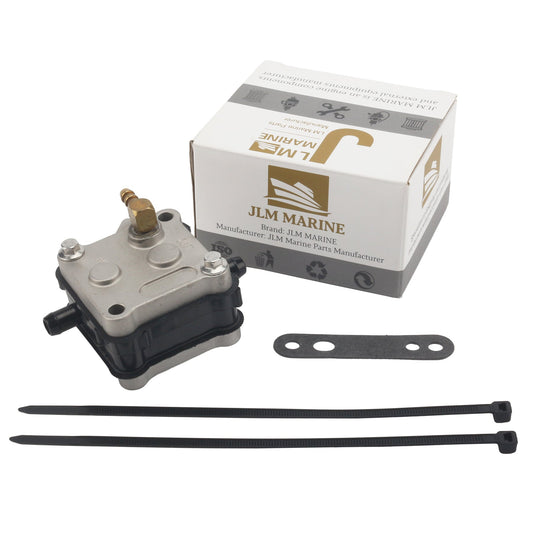
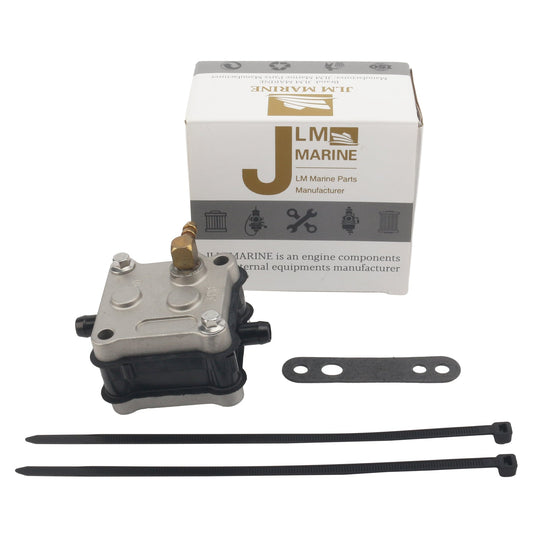
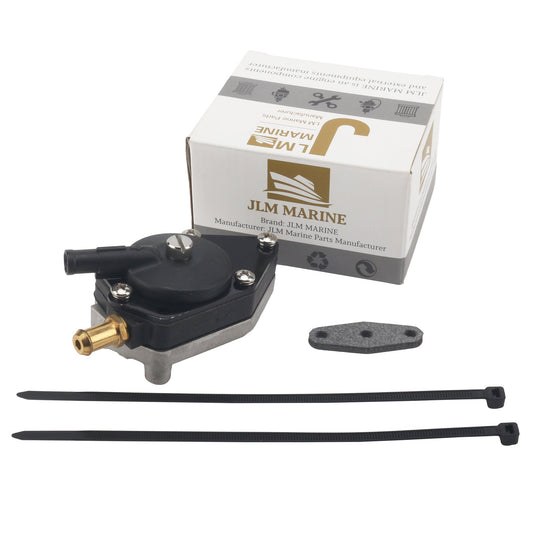
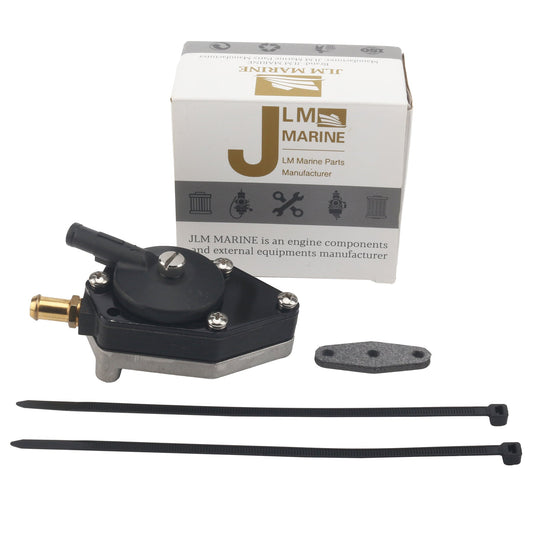
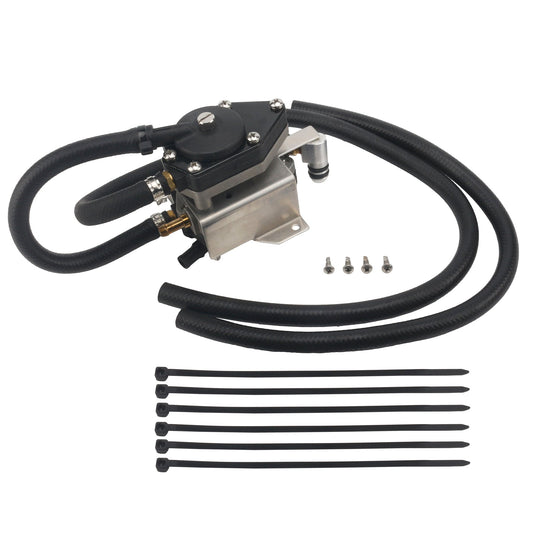
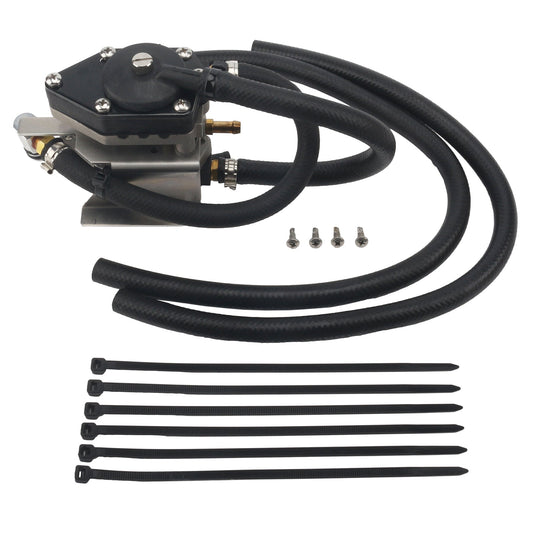
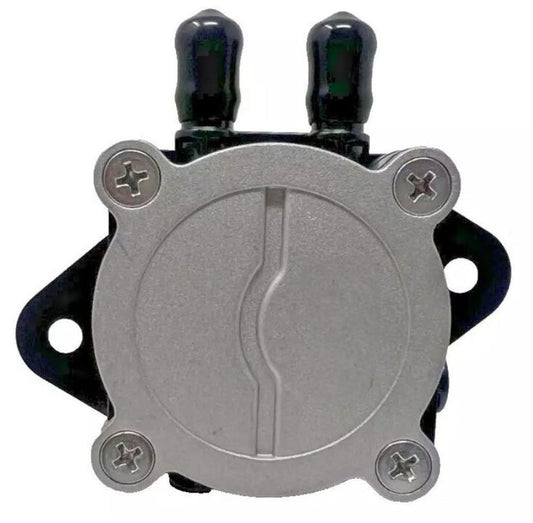
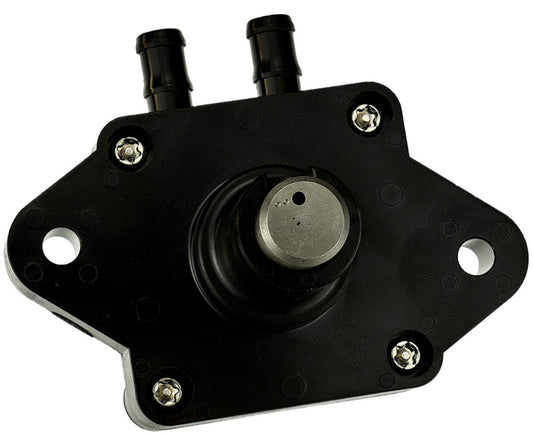
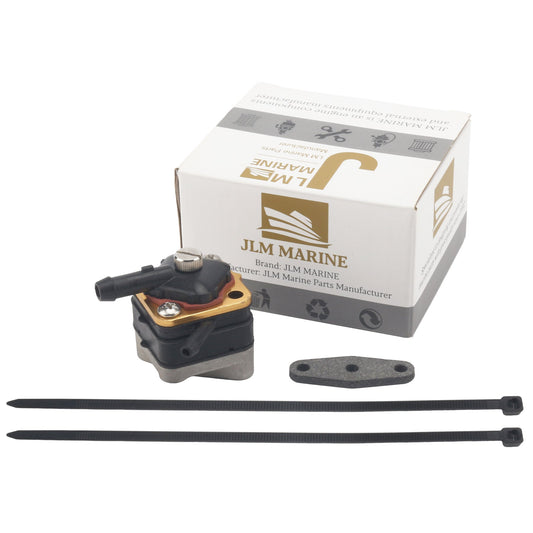

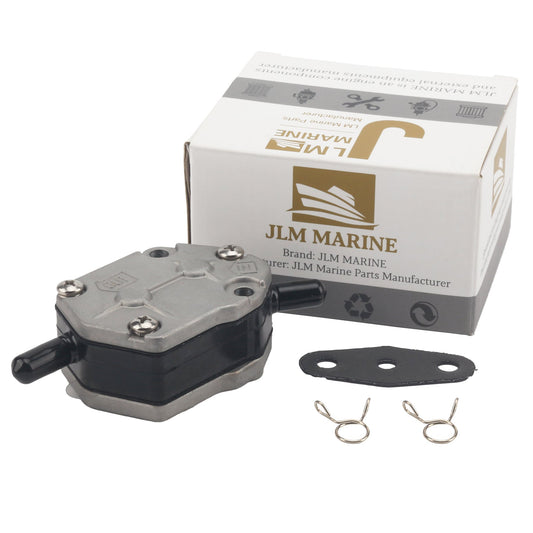
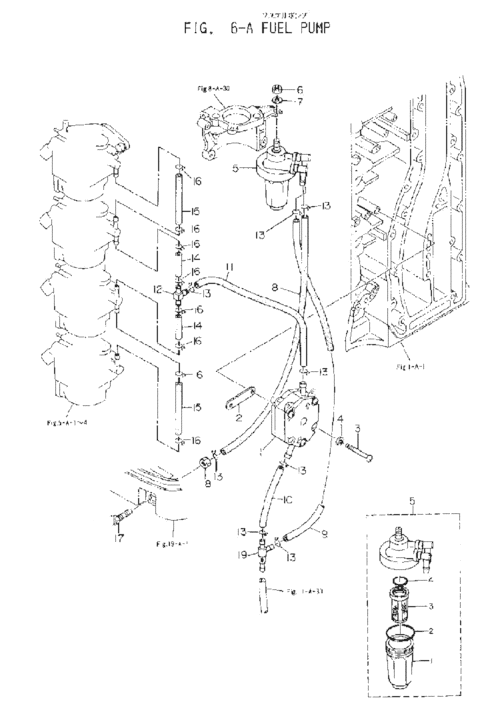
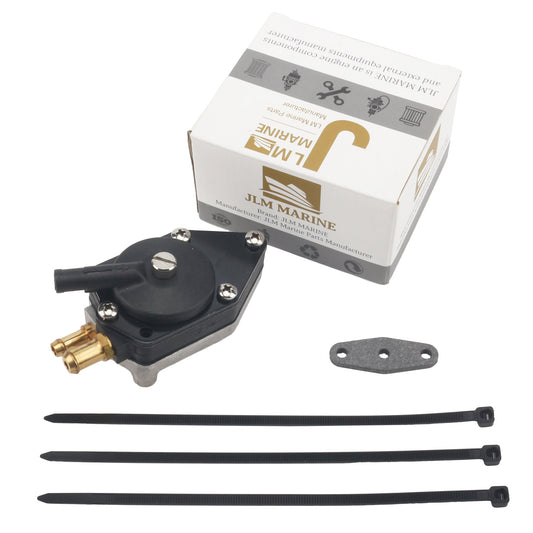
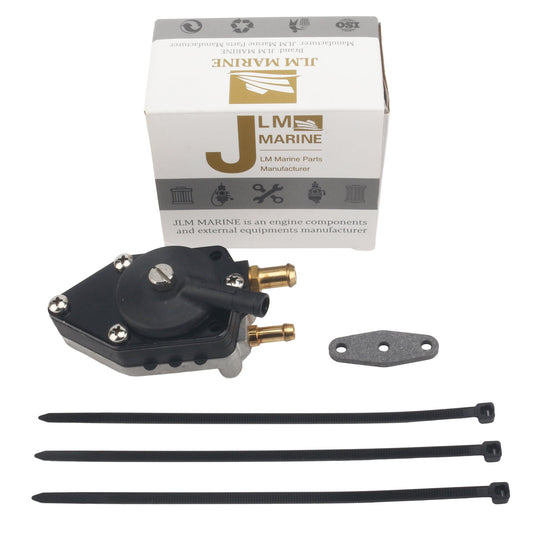
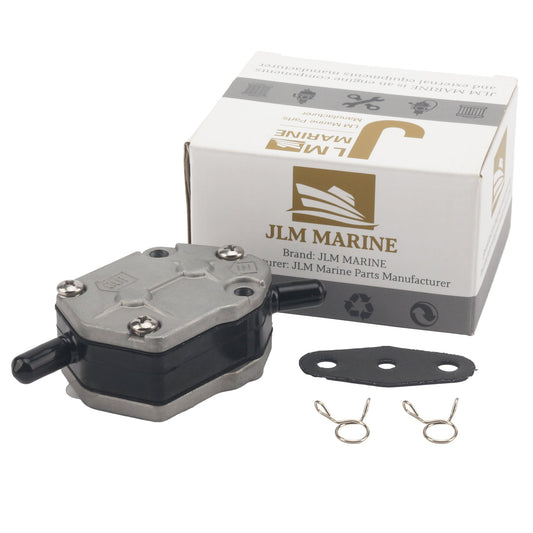

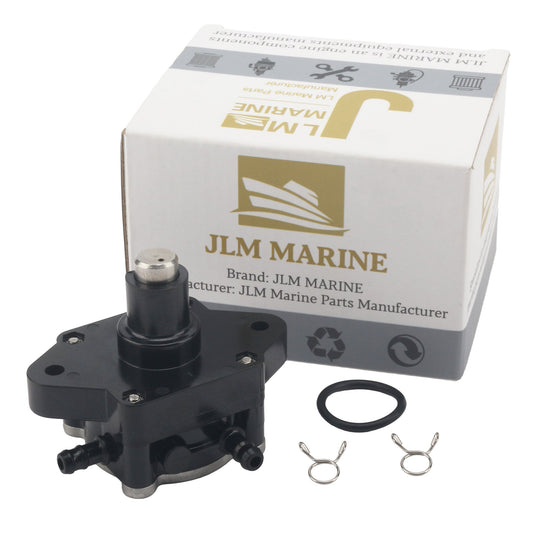
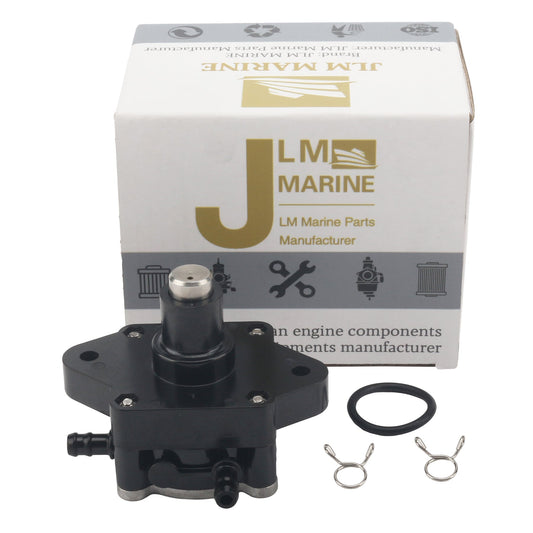
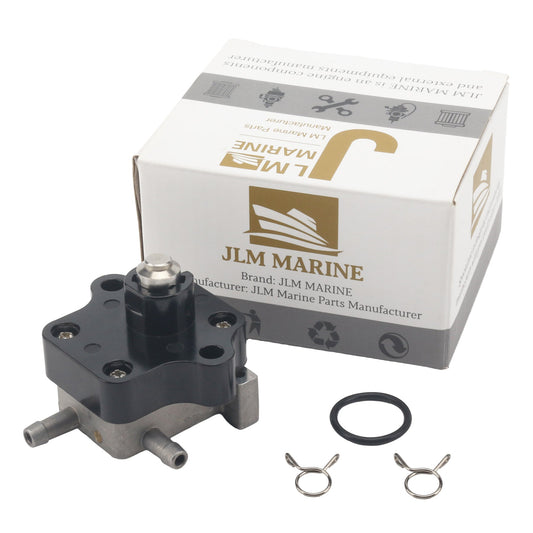
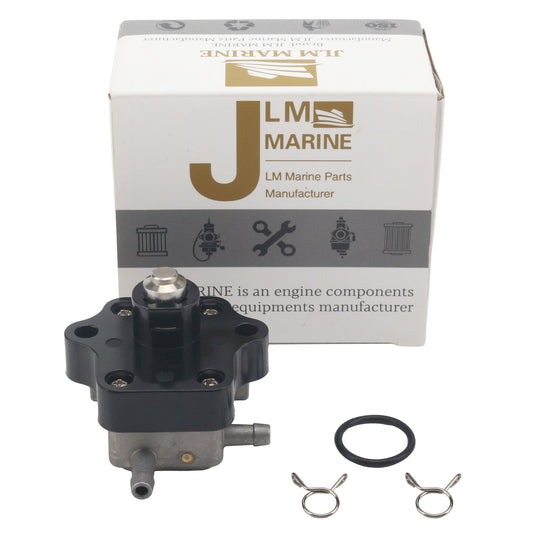
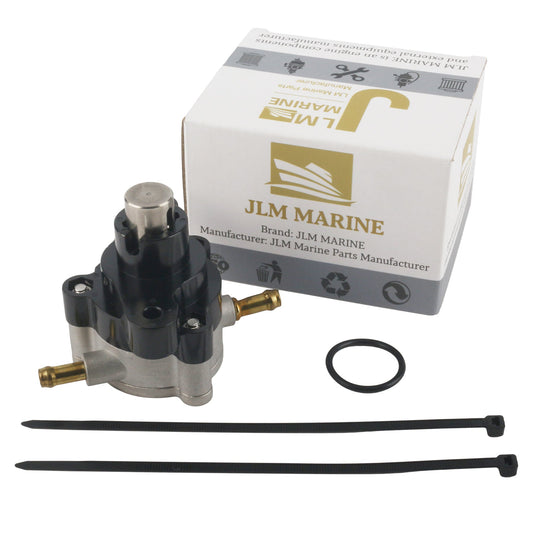
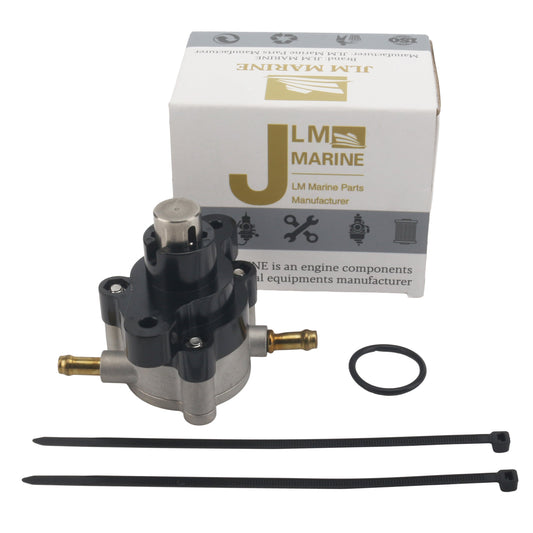
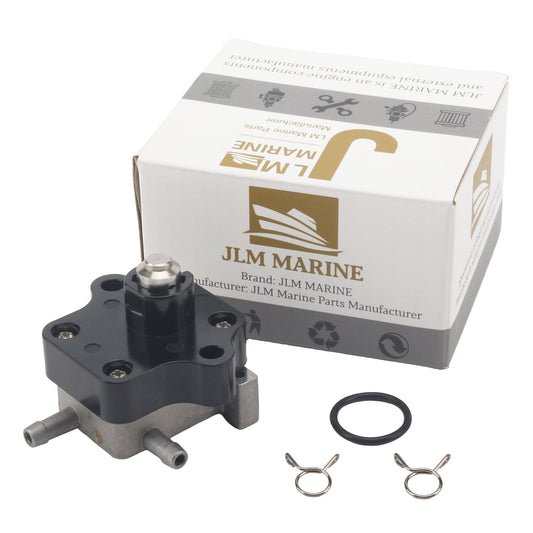
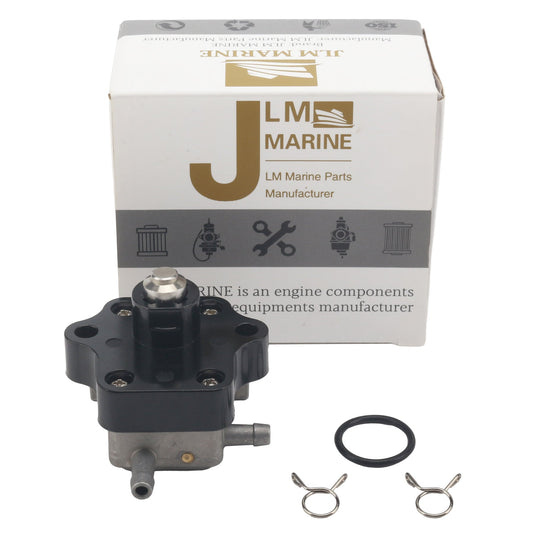

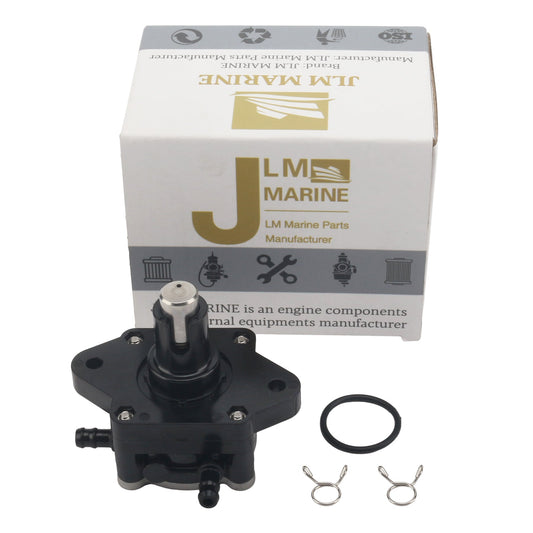

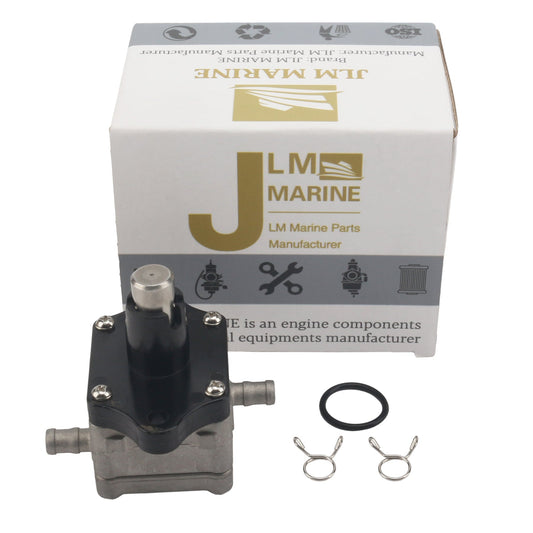
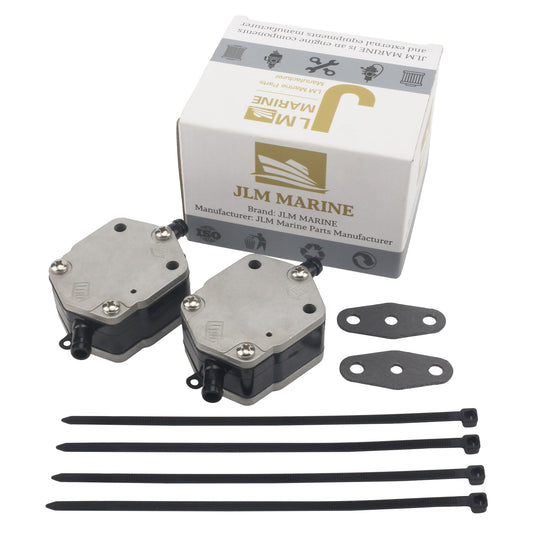
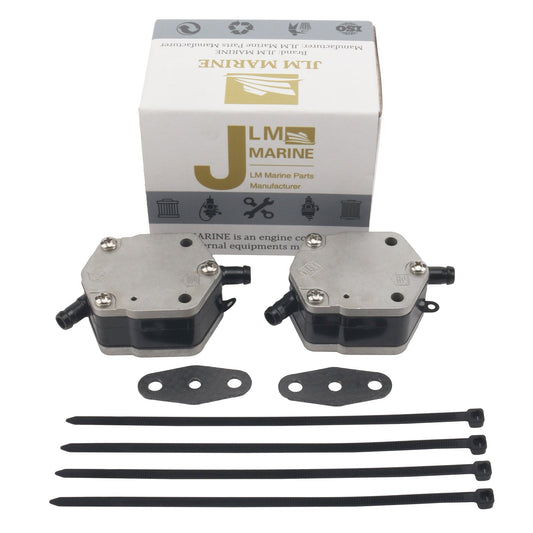
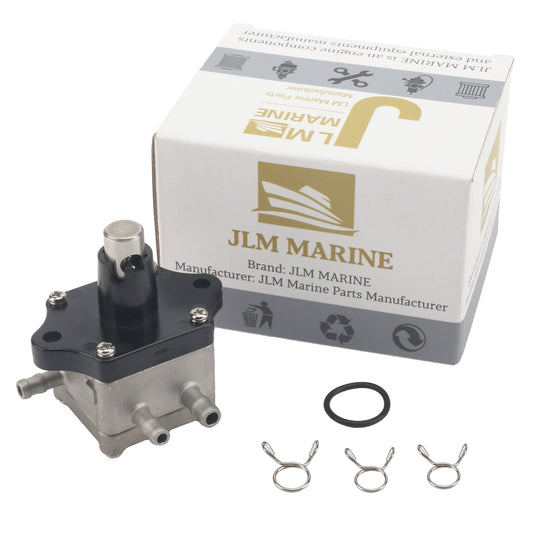
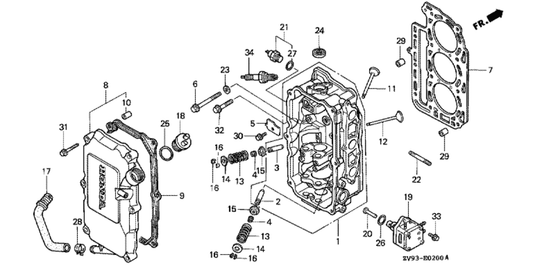
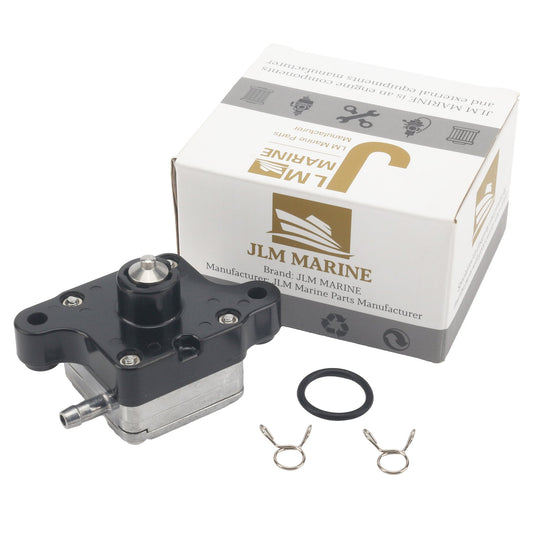
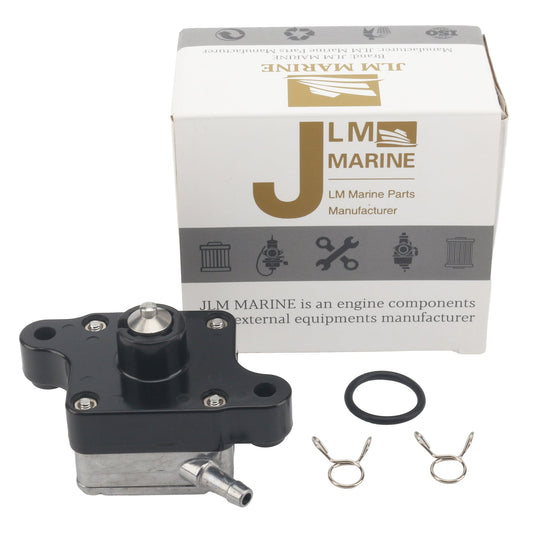
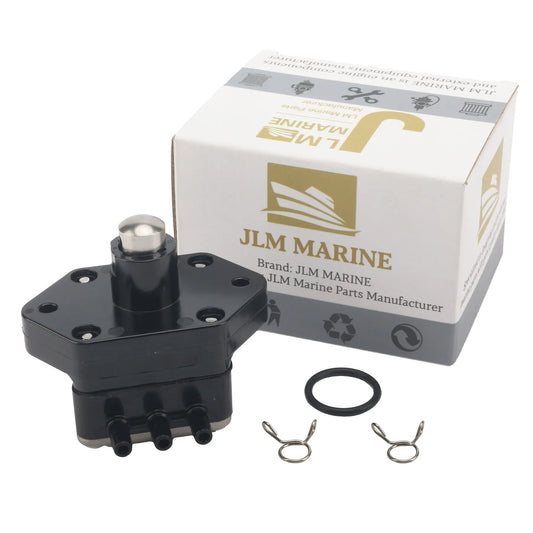


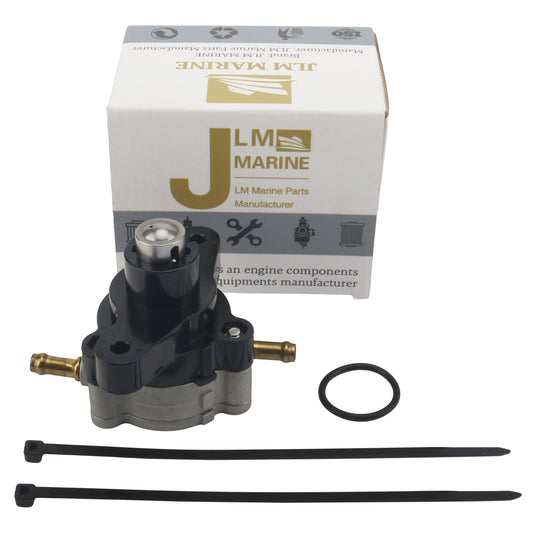

Leave a comment
Please note, comments need to be approved before they are published.